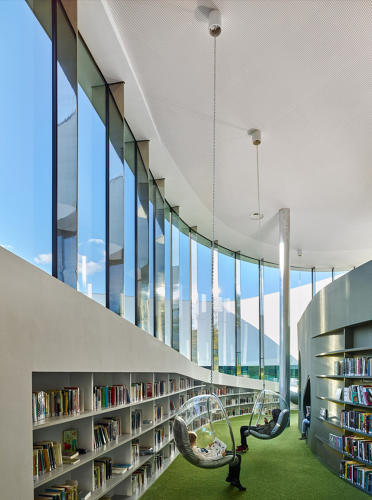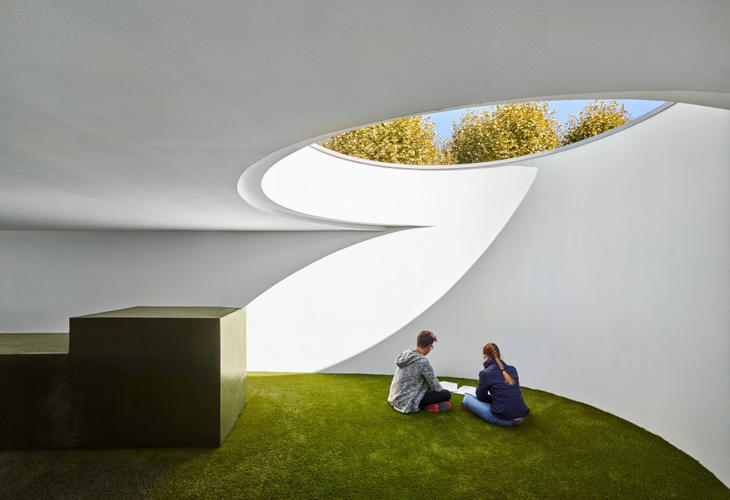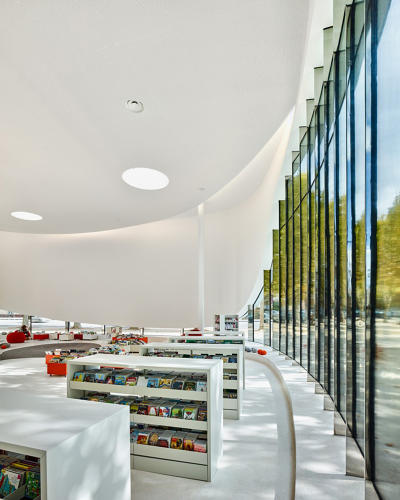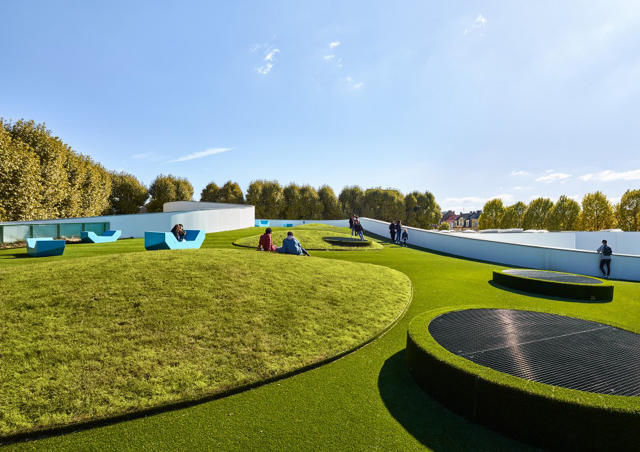February 23, 2017
It’s good when library leaders talk about having a start-up mentality or entrepreneurial spirit. One thing is missing though: Ownership. These leaders have little of their own to lose if things go bad. Thinking like an owner may make a difference.
A running theme of this column is the value of learning from leadership stories. Some of the best ones profile entrepreneurs. What makes the stories so compelling is the personal commitment, investment, and sacrifice these individuals make for their ideas and dreams. It’s hardly an exaggeration to say they risk it all. Take the case of Alex Andon: After being laid off from his biotech job he decided to start a business selling and maintaining jellyfish aquariums. Even after acquiring a few customers, it was unclear if the business would overcome the many hurdles to achieving an affordable home aquarium where the jellyfish survive. While Andon eventually obtained Kickstarter funding, it’s not uncommon for entrepreneurs to go deeply into personal debt for the sake of a startup. These stories may even take on a “root for the underdog” dimension when they involve an against-all-odds entrepreneur who succeeds in taking on an entrenched industry that long ago forgot about caring for its customers.
ABOVE THE WATERLINE
When library leaders innovate, they do so to improve services, eliminate problems, or increase the library’s value to the community. While it may involve some risk to the library as an organization, the leader’s level of personal risk is minimal. In the event of failure, other than a loss of funds, wasted staff time, or some reputation damage, library leaders survive such incidents personally unscathed—except perhaps for a bruised ego. In today’s prototype and fail fast environment, leaders may get support, and possibly even kudos, for taking risks, experiencing failure, and learning to do better. Leaders must be mindful of what Jim Collins called the “waterline” principle. Using a ship as a metaphor for the organization, as long as leaders’ failures resulted in damage above the waterline, they and the ship would survive. Below the waterline, a leader could expect their career to sink like the ship. Though most library leaders will stay safely above the waterline, might they improve their organizations by leading and practicing as though there was much more at stake?
DIFFERENT MINDSET
No one expects library leaders to invest their personal savings in any new idea, but perhaps there is something to learn from understanding the experience of someone like Andon. Thinking, deciding, and acting as if one were the developer and owner of an enterprise could make for a surprisingly different approach for the leader and library workers. Adopting this completely different mindset is the subject of the book The Founder’s Mentality (Harvard Business Review Press), by Chris Zook and James Allen. In their research for the book, Zook and Allen studied 8,000 organizations over a five year period to identify the factors that most contributed to “inner health” rather than the bottom line. Not surprisingly, the healthiest organizations had the strongest performance. The authors offer a three-part formula for leaders who want to adapt this mentality to their leadership style and philosophy:
Insurgent Mission: Founders are driven by wanting their organizations to break new ground and achieve something that is both different and valued. They are willing to try new tactics and strategies that are unconventional and untested. For library leaders that might mean abandoning a long accepted practice, such as subscribing to bundled journal packages, in favor of pay-per-article journal fulfillment. That’s why it may help for library leaders to view themselves as insurgents, fighting against industry practices, on behalf of their community members.
Frontline Obsession: Inner health depends on organization’s ability to meet and exceed the expectations of customers and clients. Founders pay close attention to service quality and employee satisfaction. According to Zook and Allen, owners who build their organizations from the ground up know every workflow and job—and likely performed many of them themselves. That leads to a laser-like focus on details and getting things done right. How many library leaders could claim to understand the frontline operations of their libraries in great detail? They can start learning by asking questions, not to micromanage, but to assure every aspect of the library experience benefits the community member.
Owner’s Mindset: Bureaucracy, rules, and unnecessary procedures are as damaging to organizations as fat is to our arteries. They clog workflows, slow projects, and ultimately hurt what happens on the frontlines. Founders are quick to identify and acknowledge problems, take responsibility for them, and rally library workers to fix what’s broken—and they work to eliminate bureaucracy and rules that hurt inner health. When staff knows that their leaders fight for them and do everything possible to clear obstacles that hamper their individual success, they too will feel more like owners with an investment in the organization’s success.
BE BOLD
Having three core practices to adopt in pursuit of the founder’s mentality seems eminently doable for library leaders:
1) Think and act differently.
2) Focus on the frontlines.
3) Avoid allowing bureaucracy to strangle the organization.
2) Focus on the frontlines.
3) Avoid allowing bureaucracy to strangle the organization.
What surprised me about the founder’s mentality is that it has less to do with risk taking than I expected. In some sense, there is an element of risk in being an insurgent, in paying as much attention to the frontline as the administrative office, or attempting to break free of rule-bound practices. When the parent organization is in poor health and encases the library in bureaucracy and rules, library leaders need to take greater risks to break through those barriers. Adopting a founder’s mentality need not require library leaders to operate as though they must routinely test the waterline principle. What appears to matter more than risk is boldness. When leaders are willing to do those things that promote the inner health of their organization, they should expect to see results in engaged staff and satisfied community members.
NOT OWNERS BUT WE CAN THINK LIKE THEM
Of course library leaders don’t own the library. None of this is to suggest that any library leader should operate under the assumption that they and they alone are ultimately in control of the organization’s fate and future. Nor should the burden for achieving outcomes fall to one person. Leading the library is, to an extent, a shared responsibility; all library staff play their role in contributing to its success. The point is that thinking more like an owner may give us all an added incentive, beyond wanting to be helpful, competent, and productive, to accept that we occasionally need to take chances and decide on actions that only an owner, fighting to survive and thrive in a competitive environment, would take. None of us who work in libraries will ever know what it’s like to have another library open up across the street from us whose expressed mission is to put us out of business. What if we operated as though we were in that situation? It might change how we think about our work, how we respond to the need to do things differently, and how we support our leaders when they adopt the founder’s mentality.
Steven Bell, Associate University Librarian, Temple University, Philadelphia, PA, is the current vice president/president-elect of ACRL. For more from Steven visit his blogs, Kept-Up Academic Librarian, ACRLog and Designing Better Libraries or visit his website.
Source: Library Journal











